Our day began with a visit to the Rockhaptom Heritage
Village. It is a collection of old buildings (moved and restored from various
locations around Queensland) and artefacts that showed how people lived and
worked from the mid 1800s to the mid 1900s.
We visited a school building, sheep
shearing shed, country hospital, fire hall with perfectly restored fire trucks
that Rhys absolutely loved and various other cabins and houses that showed how
people lived. Common features of most of the houses were a breezeway between the
kitchen and living quarters. This kept the heat away from the main area and
also helped in case of fires. The country hospital was quite impressive with
all the old equipment on display and also an iron lung.
There was one house in
particular that caught our attention because it had been lived in in
Rockhampton (literally down the street from where we were staying) until 2008.
The lady who lived there had decided to live off the grid completely – no
running water, no plumbing, or electricity despite being in the city! We had a
quick lunch that we’d packed at the village before heading out.
On our way to our next stop at the Botanic
Gardens/Rockhampton Zoo, we stopped for a quick photo opportunity at the Tropic
of Capricorn. It is the southernmost latitude at which the sun reaches its
zenith (specifically on the 22nd of December).
Rhys was really not
keen on taking photos and instead wanted to climb the spire! Needless to say,
it was a short stop and we were soon on our way.
The zoo proved much more to Rhys’ liking and we were
impressed that for a free zoo/gardens, how well maintained and informative it
was. We started off at the aviary in which we saw quite an assortment of birds
and of particular note was the cassowary – the largest land bird in Australia
(at least according to the signage but we still think the emu and ostrich look
bigger). We then walked into an enclosure where there was there was only a low
fence separating us from the kangaroos and emus. There were about a dozen
kangaroos lazing about and one emu that we could see.
We liked the sign at the
entrance to the enclosure that said “Children must be accompanied by a
responsible adult”. After that, we saw a wombat sunning itself on its back
to which Rhys said “sleeping..” and made a snoring noise. We then saw the
chimpanzee feeding where they ate yoghurt from a bowl and had a juice box – how
bizarre! Chimpanzees share 98% of the DNA of humans, higher than monkeys or
orangutans. All of us were especially keen on watching the koala feeding (given
that they sleep 21 hrs a day!) so we headed over that way – we were late and
missed the feeding but after the game keeper had left, the koalas were still
awake and munching away on eucalyptus leaves. We were only a couple meters away
from them and it was really neat to see them awake! Koalas sleep so much
because they need to conserve all their energy to digest the toxic eucalyptus
leaves – in fact, they’re the only animals to be able to survive off the
eucalyptus. The koalas marked the end of our visit to the zoo and we were all
pretty tired after a long day of touring.
My parents parked themselves under a
tree for a break while Meghan, Rhys and I took a quick jaunt over to the
adjacent botanical gardens. The visit to the Japanese gardens was a lot more
peaceful this time around than it had been at the Brisbane botanic gardens. We
headed back home after only about ½ hr in the gardens as Rhys had had only one
nap on the go that day and we needed to get him fed and off to bed. It had been
a busy but fun day with some very different sights and we’d finally gotten to
see some koalas, wombats and kangaroos!

 Queensland, Australia
Queensland, Australia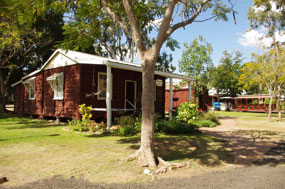
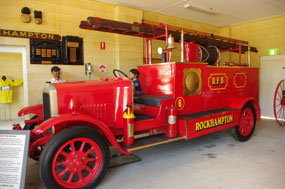
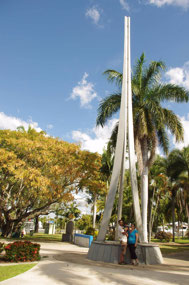

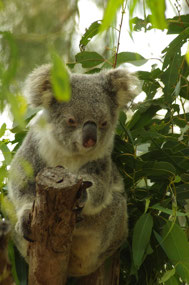

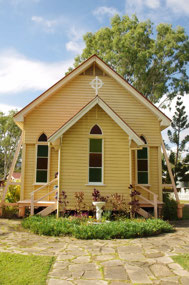
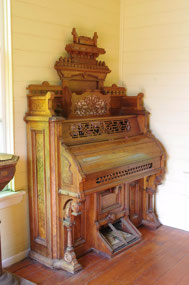
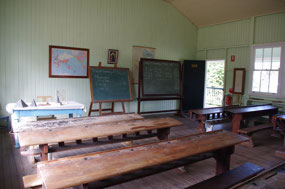
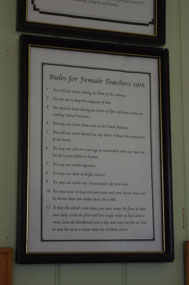
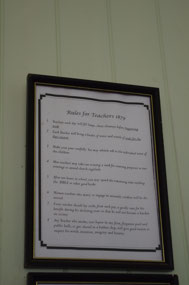
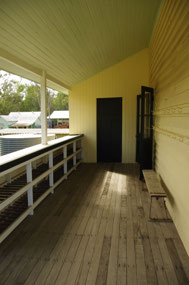

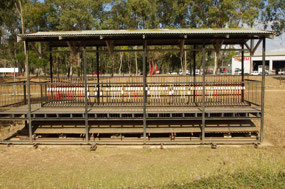
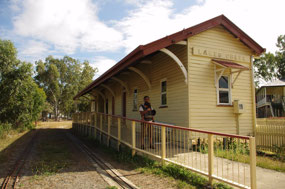
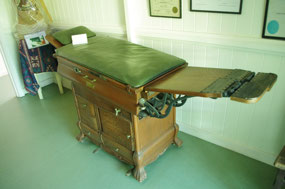
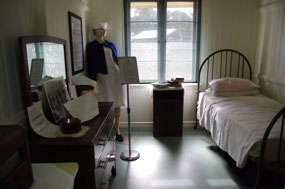
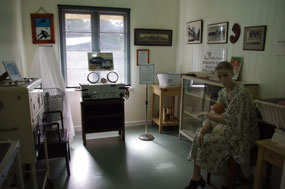
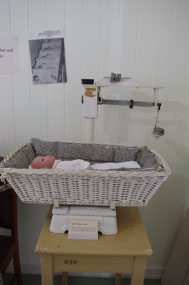
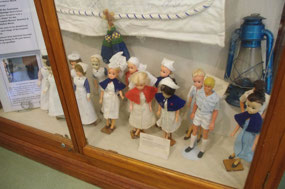
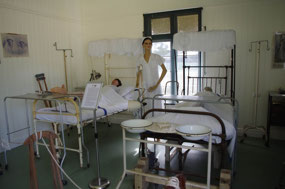
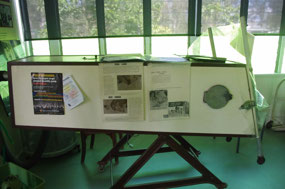
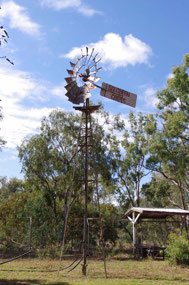
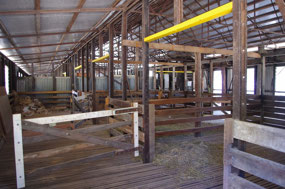
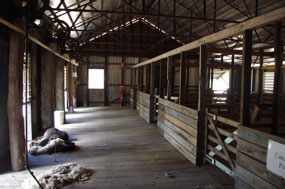
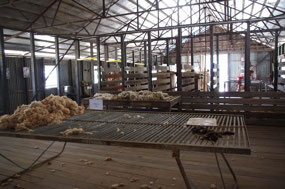
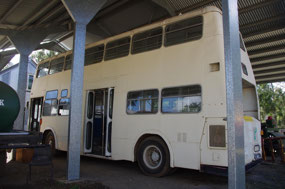
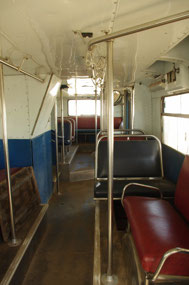
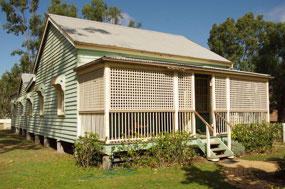
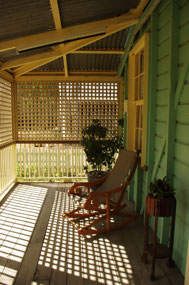
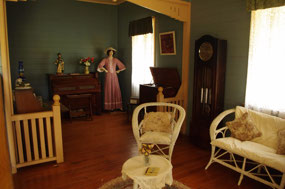
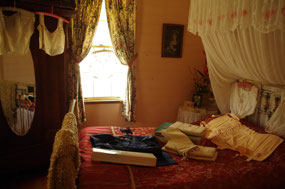
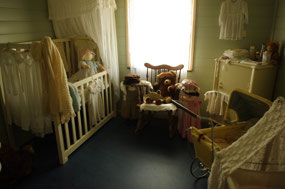
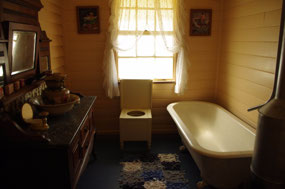
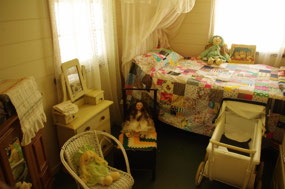
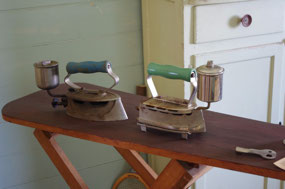
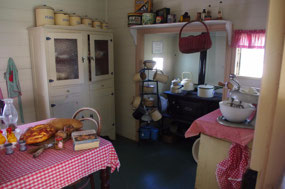
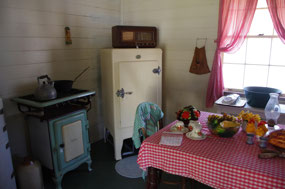
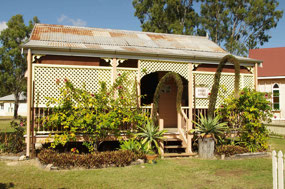
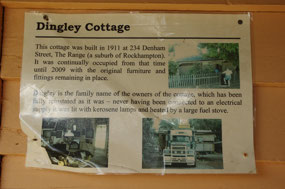
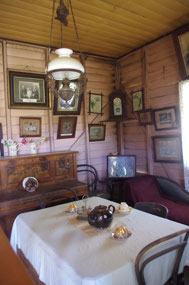
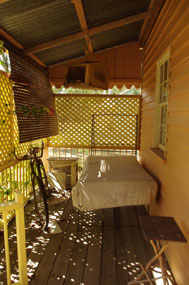
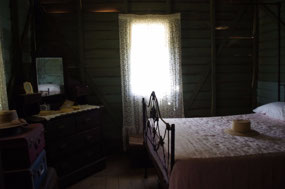
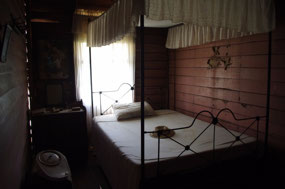
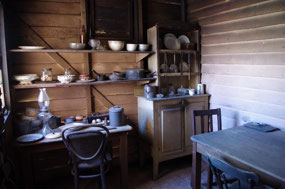
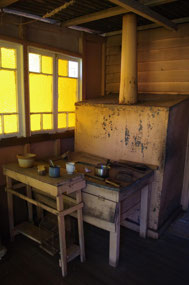
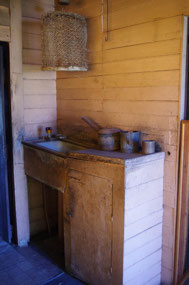
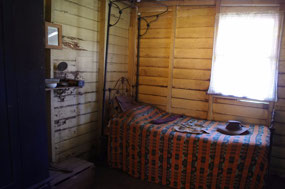
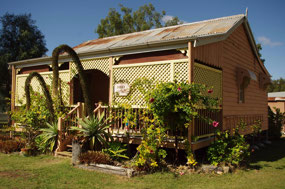
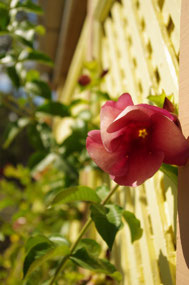
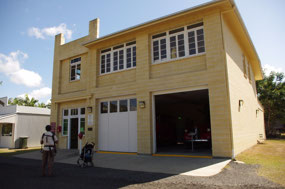
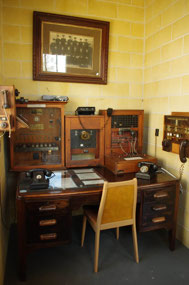
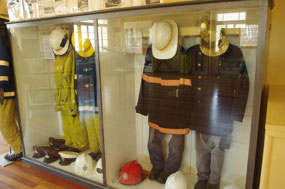
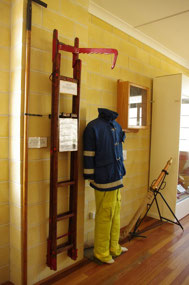
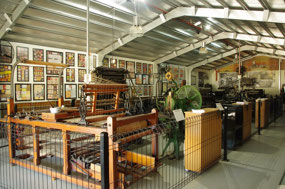
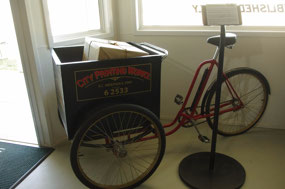
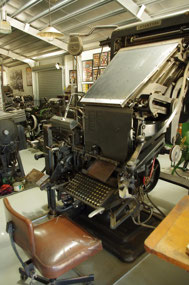
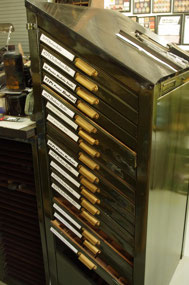
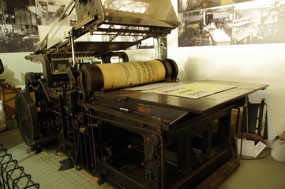
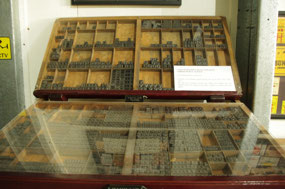

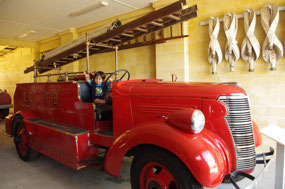
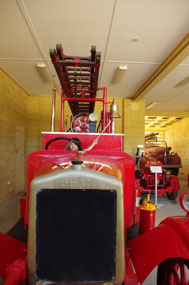
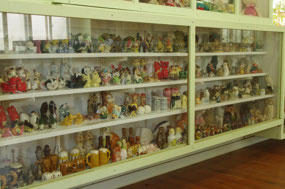
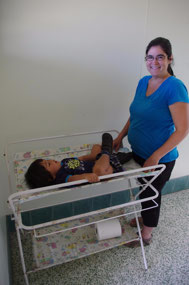
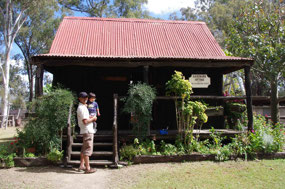
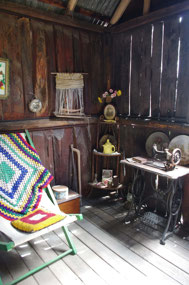
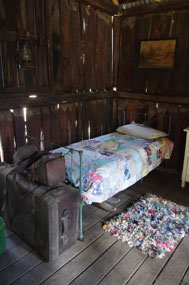
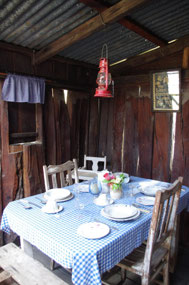
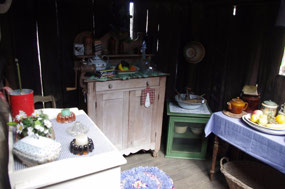
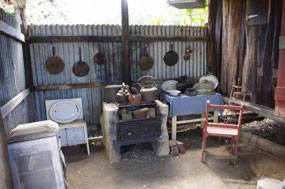
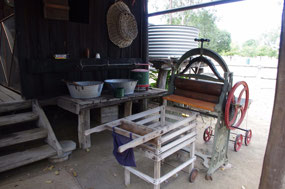
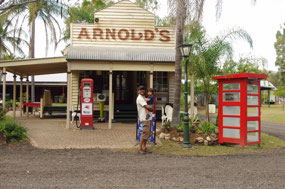

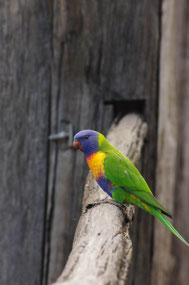
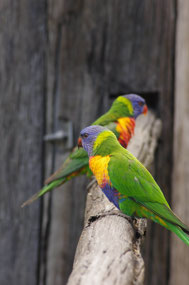
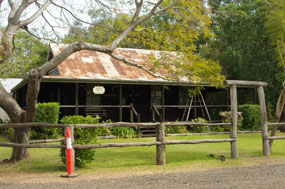
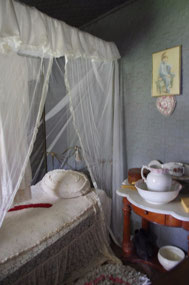
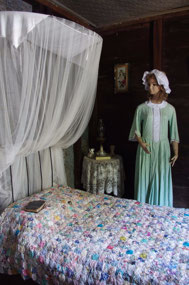
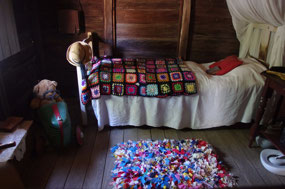
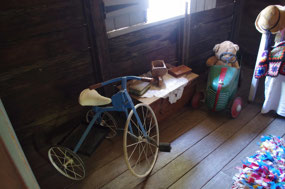
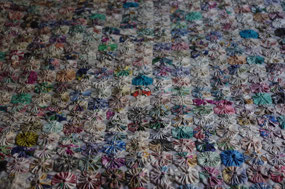
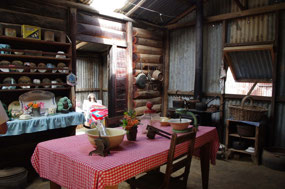
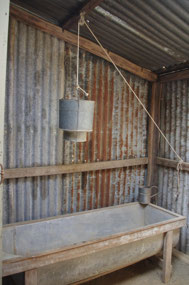
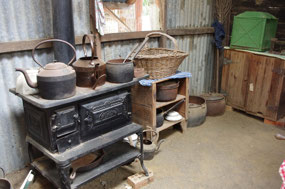
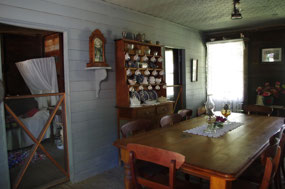
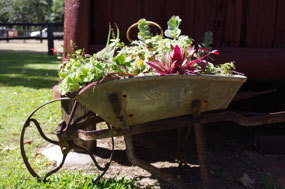
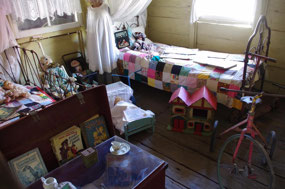
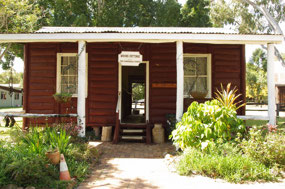
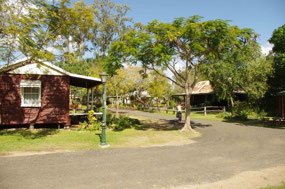
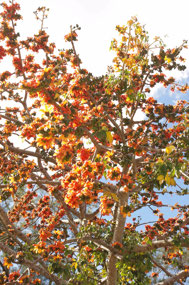
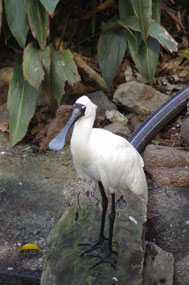

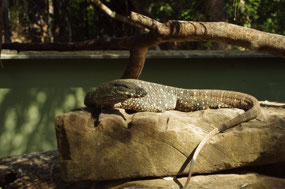
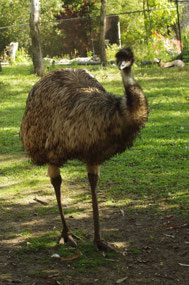
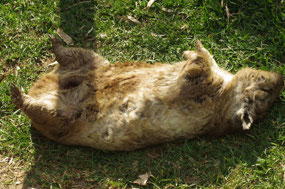
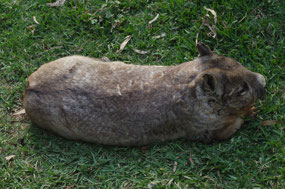
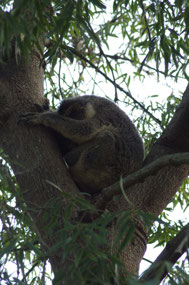
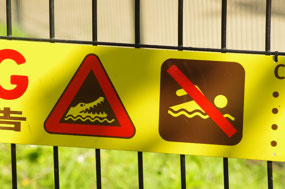

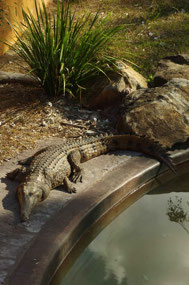
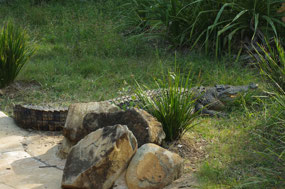
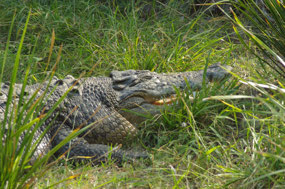
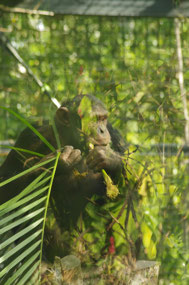
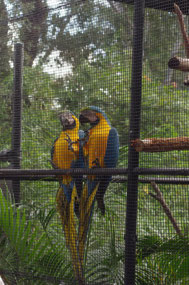
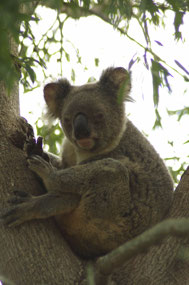
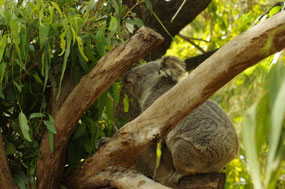
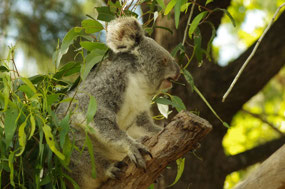
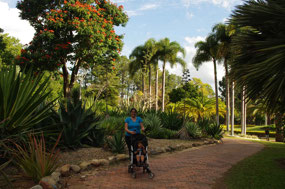
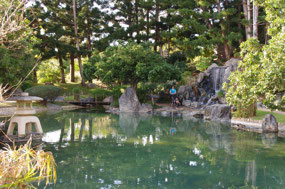
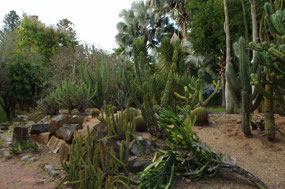
2025-05-22